Rising Demand for Energy Security
The LNG Virtual Pipeline Market is witnessing a rising demand for energy security, particularly in regions that are heavily reliant on energy imports. Countries are increasingly looking to diversify their energy sources to mitigate risks associated with supply disruptions. LNG, being a flexible and relatively cleaner energy source, is becoming a preferred option. The market is projected to grow as nations invest in virtual pipeline systems that allow for the rapid deployment of LNG to meet fluctuating energy demands. This trend is expected to drive the LNG Virtual Pipeline Market, as energy security becomes a priority for many governments and industries.
Increasing Regulatory Support for LNG
The LNG Virtual Pipeline Market benefits from increasing regulatory support aimed at promoting cleaner energy sources. Governments are implementing policies that encourage the use of LNG as a transitional fuel, which is seen as a viable alternative to more polluting fossil fuels. This regulatory environment is fostering investments in LNG infrastructure, including virtual pipelines, which facilitate the distribution of LNG to remote areas. For instance, recent regulations have led to a projected increase in LNG consumption by 20% over the next five years, indicating a robust growth trajectory for the LNG Virtual Pipeline Market. Such supportive measures are likely to enhance market dynamics and attract new players.
Growing Industrial Applications of LNG
The LNG Virtual Pipeline Market is experiencing growth due to the increasing industrial applications of LNG. Industries such as manufacturing, transportation, and power generation are increasingly adopting LNG as a cleaner alternative to traditional fuels. The versatility of LNG allows it to be used in various applications, from powering heavy machinery to generating electricity. This trend is reflected in the projected growth of LNG consumption in industrial sectors, which is expected to rise by 15% over the next few years. As industries seek to reduce their carbon footprint, the demand for LNG virtual pipelines is likely to increase, further driving the LNG Virtual Pipeline Market.
Shift Towards Decentralized Energy Systems
The LNG Virtual Pipeline Market is also influenced by a shift towards decentralized energy systems. As energy consumers seek more localized and reliable energy solutions, LNG virtual pipelines offer a practical approach to meet these needs. This decentralization trend is particularly evident in remote and off-grid areas where traditional energy infrastructure is lacking. The ability to transport LNG efficiently to these locations is likely to enhance energy access and reliability. Consequently, the LNG Virtual Pipeline Market is expected to expand as more regions adopt decentralized energy models, which could lead to increased investments in virtual pipeline technologies.
Technological Innovations in LNG Virtual Pipeline Market
The LNG Virtual Pipeline Market is experiencing a surge in technological innovations that enhance the efficiency and safety of LNG transport. Advanced cryogenic technologies and improved insulation materials are being developed, which allow for better storage and transportation of liquefied natural gas. These innovations not only reduce energy losses but also minimize the environmental impact associated with LNG transport. Furthermore, the integration of digital technologies, such as IoT and AI, is streamlining operations and optimizing logistics. As a result, companies are likely to see a reduction in operational costs and an increase in reliability, which could drive further investment in the LNG Virtual Pipeline Market.


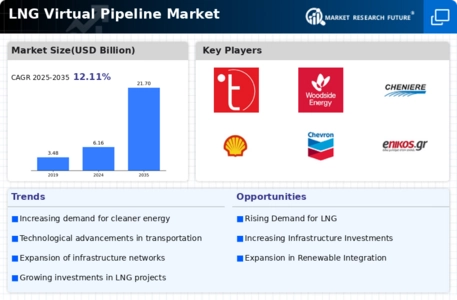
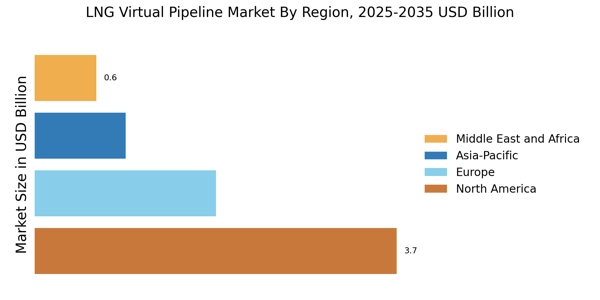
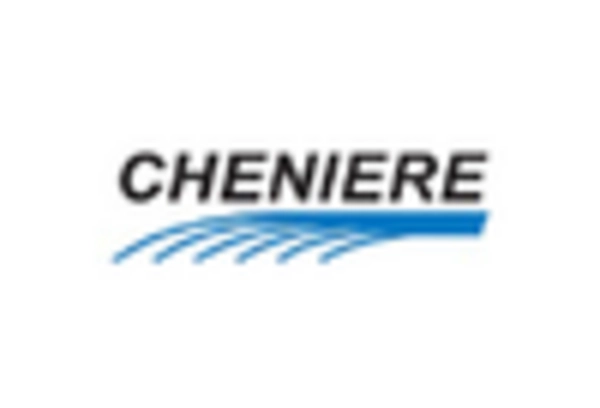
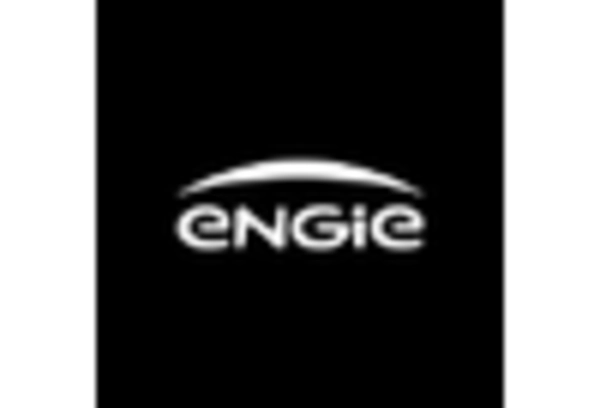

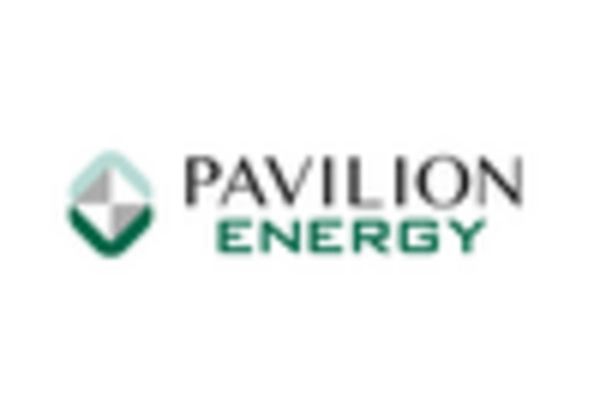
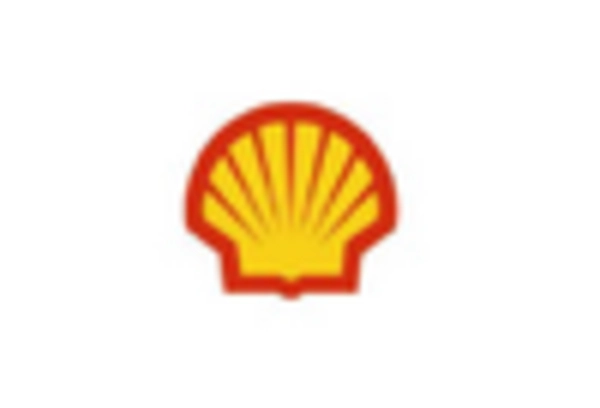









Leave a Comment